How to Create a Perfect Prompt for Midjourney
AI has opened up new creative possibilities in image generation. With tools like Midjourney, users can create intricate digital images simply by providing text prompts. The AI will then generate unique visuals based on the description.
However, the quality of the output depends largely on how well prompts are structured. In this blog post, we will discuss how to craft effective prompts for Midjourney.
Being able to accurately describe your desired image through a prompt is key to getting good results with AI image generation. Without proper prompting, you may end up with random or nonsensical images. On the other hand, a thoughtfully composed prompt allows you to better communicate your vision to the AI.
We will break down the core components of successful Midjourney prompts. You will learn techniques for formatting prompts, choosing the right styles, defining subjects, setting scenes, framing shots, and adding compelling details.
We will also analyze examples of great prompts, as well as common mistakes to avoid. With the right approach to prompting, you can consistently create amazing AI-generated art that closely matches what you imagined.
So, let’s get started!
Basics of Prompting Midjourney
Before crafting prompts, it’s important to understand how Midjourney processes prompts to create images.
When you submit a prompt, Midjourney draws on its dataset of millions of images and its AI image processing model to generate a completely new image matching the description. The AI looks for patterns in how words, styles, subjects, composition, etc. correspond to visual concepts in its training data.
So to get good results from Midjourney, your prompts need to provide the AI with enough detail and context to reconstruct your intended image. A prompt has six key components:
- Style: The aesthetic style, artistic genre, era, or photorealism desired. This establishes the overall mood and look.
- Subject: A description of the main focus, whether it be a person, animal, object, or scene. Details like physical characteristics are key.
- Setting: Context about the environment, location, time period, or other scene setting details.
- Composition: Framing, perspective, layout, and viewpoint of the subject and other elements.
- Lighting: Type, direction, and color of lighting to set tone and illumination.
- Additional Details: Extra objects, characters, textures, colors, actions taking place, etc. to add complexity.
Formatting prompts with proper syntax is also important. You should use clear, simple language and short sentences. Establish the subject first before describing the setting. Use vivid adjectives and active voice verbs.
With practice crafting prompts that leverage these key components, you will be able to guide the Midjourney to generate more accurate images matching your creative vision.
Prompt Examples and Break Down
Let’s look at some example prompts for Midjourney to see how using the right styles, subjects, settings, composition, lighting, and details create effective prompts.
Prompt 1
Photo of a busy city street during a rainy evening. People with umbrellas walking on wet sidewalks, city lights reflecting on the pavement. A street-level view capturing the movement of the crowd and rain. Glowing streetlights with soft reflections on the wet surfaces. Storefronts and neon signs, puddles on the streets.
- Style: Photo
- Subject: People with umbrellas on a rainy city street.
- Setting: Busy city street, wet sidewalks, evening.
- Composition: Street-level view of the crowd and rain.
- Lighting: Glowing streetlights with reflections on wet surfaces.
- Additional Details: Storefronts and neon signs, puddles on streets.
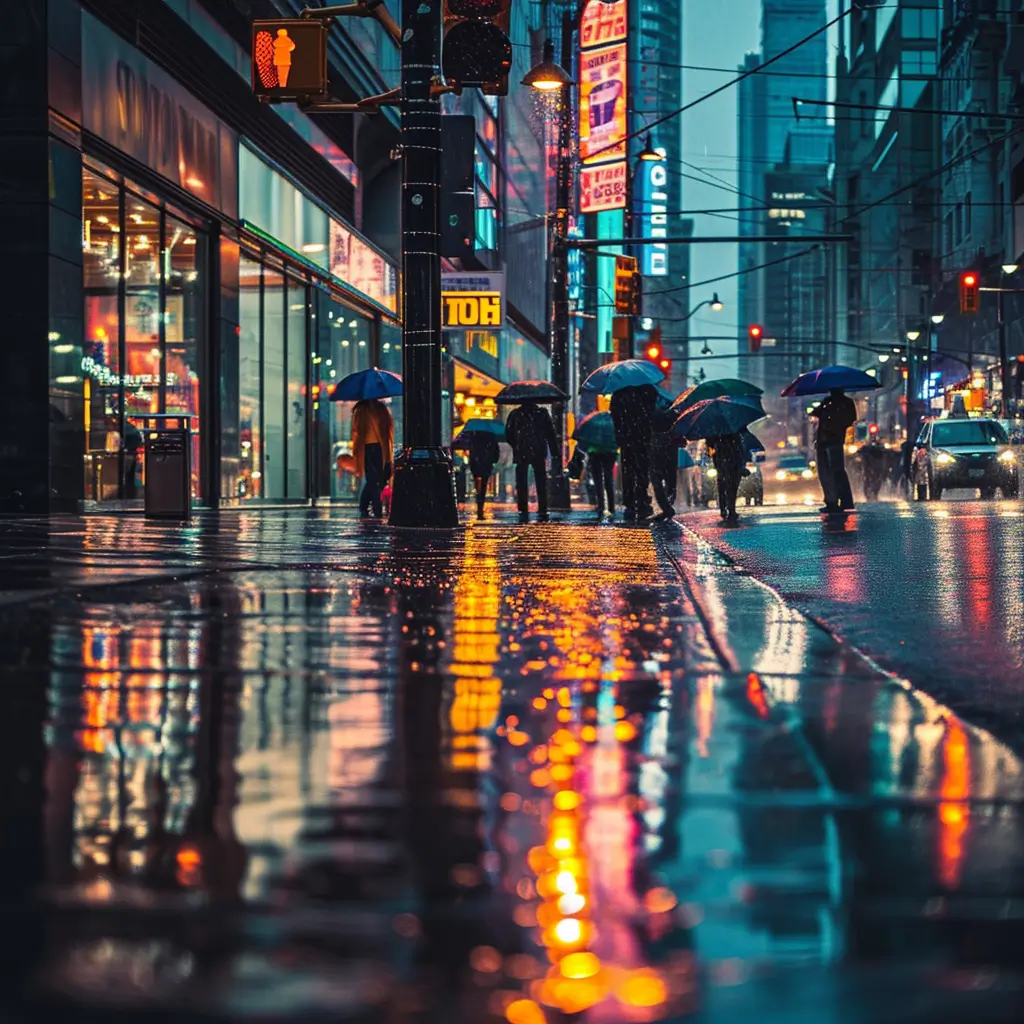
Prompt 2
3D rendering of a vibrant underwater coral reef adventure. Colorful corals and schools of tropical fish, a sunken ship in the background. An immersive view from within the reef, showcasing marine life. Bright, natural sunlight filtering through the water. Divers exploring the reef and interacting with marine animals.
- Style: 3D rendering
- Subject: Colorful corals and tropical fish.
- Setting: Underwater with a sunken ship.
- Composition: Immersive view within the reef.
- Lighting: Bright, natural sunlight underwater.
- Additional Details: Divers exploring, interacting with marine life.
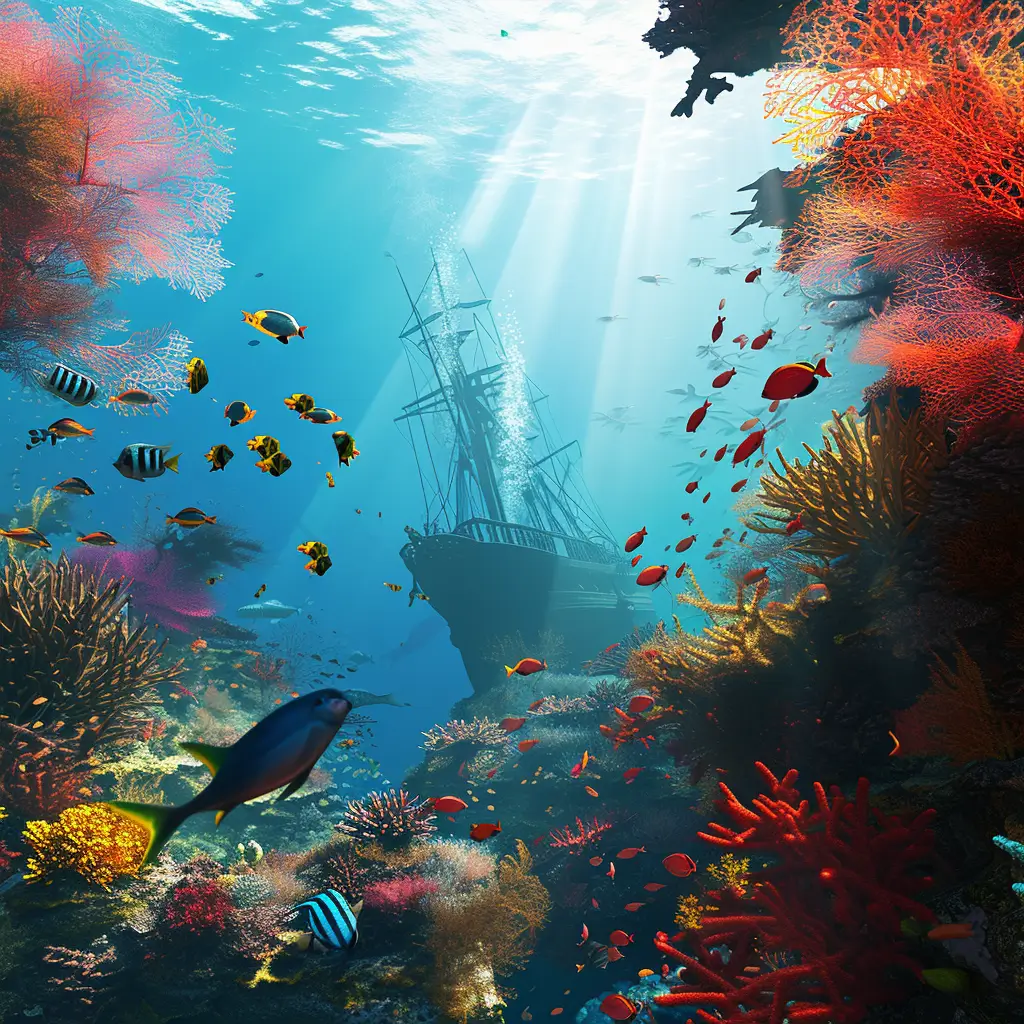
Prompt 3
Illustration of a mystical deer with glowing antlers in a dense, enchanted forest. The deer is surrounded by ethereal light and magical flowers. Centered view of the deer, with a mysterious path leading deeper into the forest. Soft, mystical lighting highlighting the deer’s glow. Forest filled with luminous plants and a small, hidden pond.
- Style: Illustration
- Subject: A mystical deer with glowing antlers.
- Setting: In a dense, enchanted forest.
- Composition: Centered view of the deer, mysterious path in the background.
- Lighting: Soft, mystical lighting highlighting the deer’s glow.
- Additional Details: Forest with luminous plants and a hidden pond.

Prompt 4
Graphic novel style depiction of an astronaut in a sleek space suit discovering an alien planet. The planet has vibrant, exotic flora and a bright, colorful sky. The astronaut is centered, with alien plants in the foreground. Vibrant and surreal lighting with contrasting shadows. Alien creatures peeking from the flora, and a futuristic spaceship in the background.
- Style: Graphic novel style depiction
- Subject: An astronaut in a sleek space suit on an alien planet.
- Setting: Alien planet with vibrant flora and colorful sky.
- Composition: Centered astronaut with alien plants in the foreground.
- Lighting: Vibrant and surreal with contrasting shadows.
- Additional Details: Alien creatures in flora, spaceship in background.
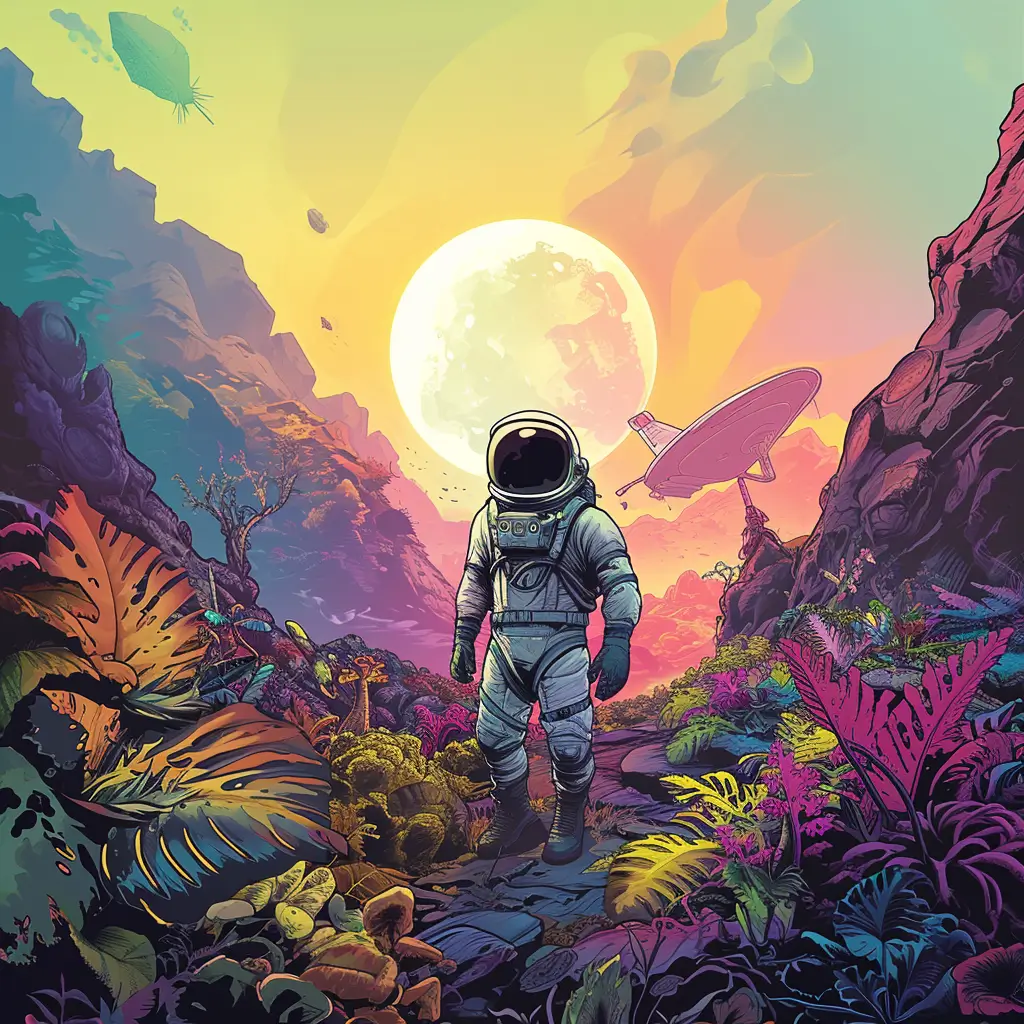
Prompt 5
Watercolor painting of a moonlit beach with a tall lighthouse. The beach has soft sand, gentle waves, and dunes with grass. A centered view of the lighthouse with the moon reflecting on the water. Cool, serene moonlight with soft reflections and shadows. A boat anchored near the shore, starry sky above.
- Style: Watercolor painting
- Subject: Moonlit beach with a lighthouse.
- Setting: Beach with sand, waves, and dunes.
- Composition: Centered view of the lighthouse and moonlit sea.
- Lighting: Cool, serene moonlight with reflections.
- Additional Details: Anchored boat, starry sky.
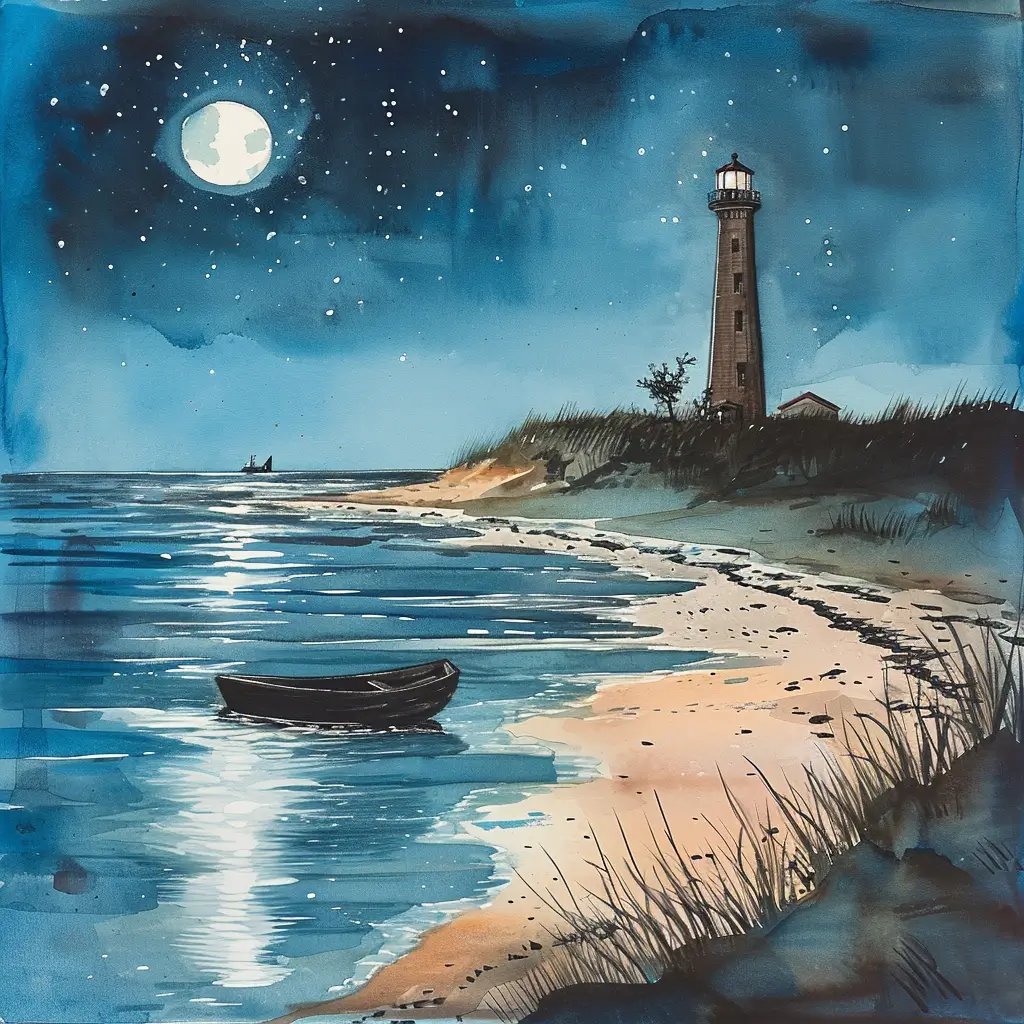
Common Mistakes and How to Avoid Them
When getting started with Midjourney, it’s easy to make mistakes that result in prompts that don’t generate your intended image. Here are some common issues and tips to create better prompts:
- Vague or unclear prompts – Be as specific as possible when describing the subject, style, setting, etc. Ambiguous prompts leave too much open to interpretation. Use clear, vivid language and details so the AI can accurately reconstruct your vision.
- Missing key prompt components – Ensure your prompts include details for style, subject, setting, composition, lighting, and more. Use prompt frameworks or templates to remember key components.
- Repetition and redundancy – Don’t repeat the same descriptive phrases as this adds no value. Add variety and new details instead of repetition.
- Contrasting or contradictory elements – Mismatched or opposing styles, lighting, moods, etc. will not generate cohesive images. Make sure all prompt elements align tonally and aesthetically.
By being aware of these common prompt issues, you can analyze your prompts and refine them to deliver a clearer direction to Midjourney’s AI. With practice, you’ll learn how to craft consistently effective prompts.
It’s All About Experimenting
Mastering prompting is a process of experimentation and refinement. Start by testing out a wide range of styles, subjects, settings, and techniques. Analyze what works well and what can be improved.
Try making small tweaks to individual components of a prompt to see their impact on the final image. For example, change just the lighting or perspective. Or swap out the subject but keep the rest of the prompt the same.
Maintain a record of your prompts and the results through version control and taking notes. Track prompt phrases that work reliably for certain styles or subjects. Bookmark your favorite images to potentially extract details from later.
Expand your repertoire of prompt styles over time. For example, start with realistic portraits, then try your hand at fantasy landscapes or graphic novel styles.
Pushing your prompts into new territory may sometimes result in undesirable outputs. But don’t get discouraged. Troubleshoot by adjusting your phraseology or simplifying the prompt.
With an experimental mindset and willingness to iterate, you will gradually build prompt crafting skills. Learn from both your successes and failures. Eventually, you will be able to create incredible images through your unique prompting voice.
The key is realizing prompting is an evolving, creative process. Allow yourself to play, explore, and refine over time as you master Midjourney’s AI capabilities.
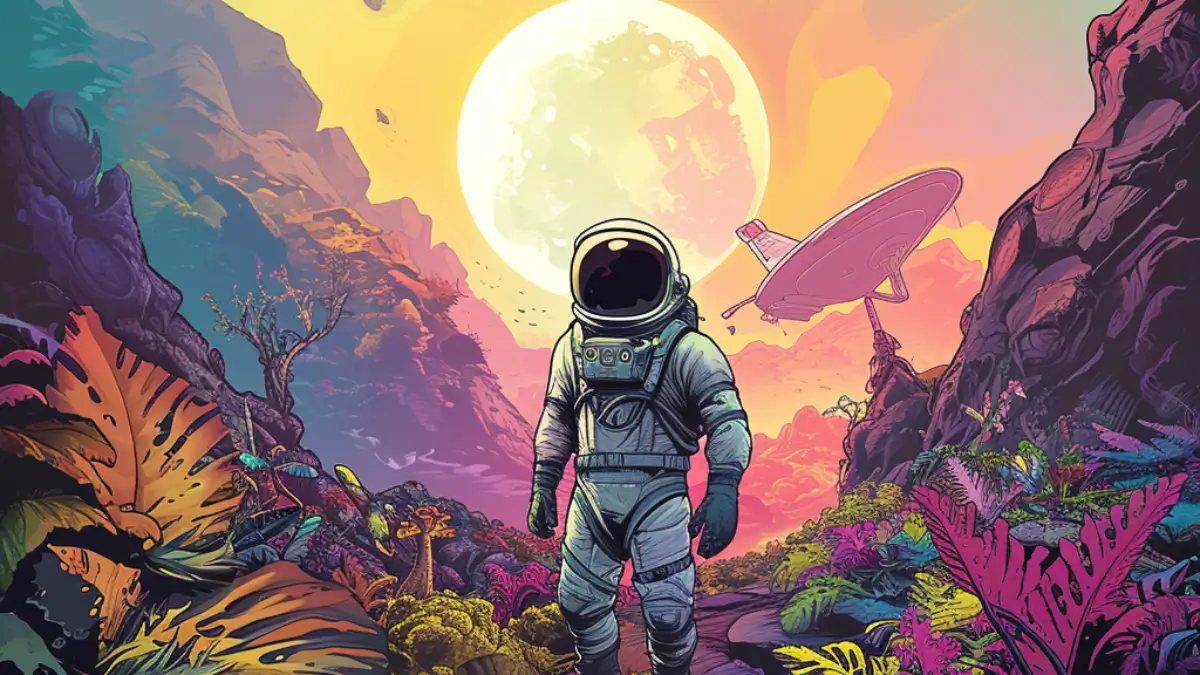
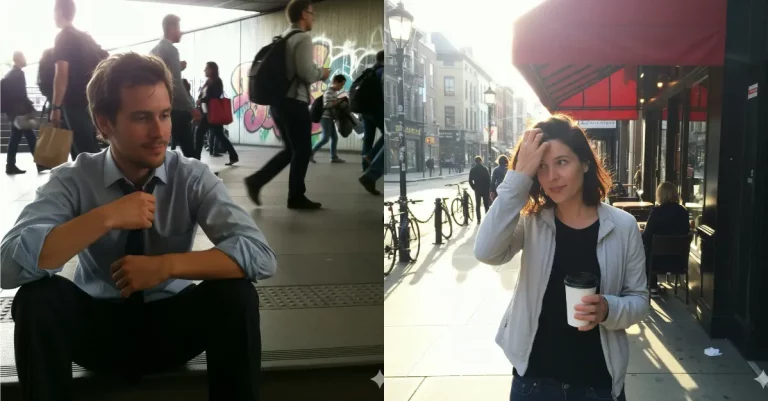
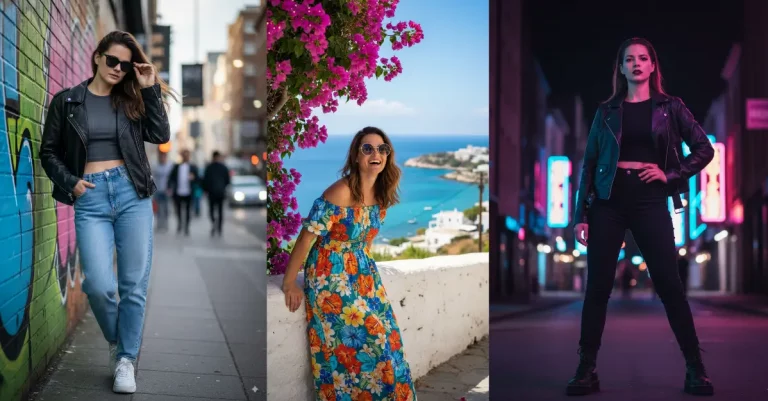
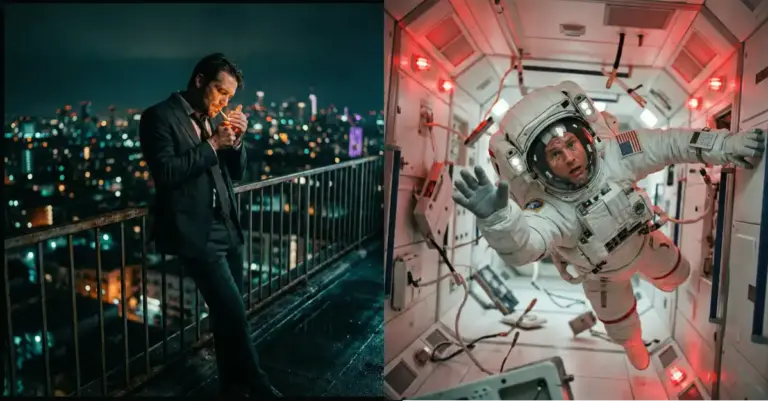
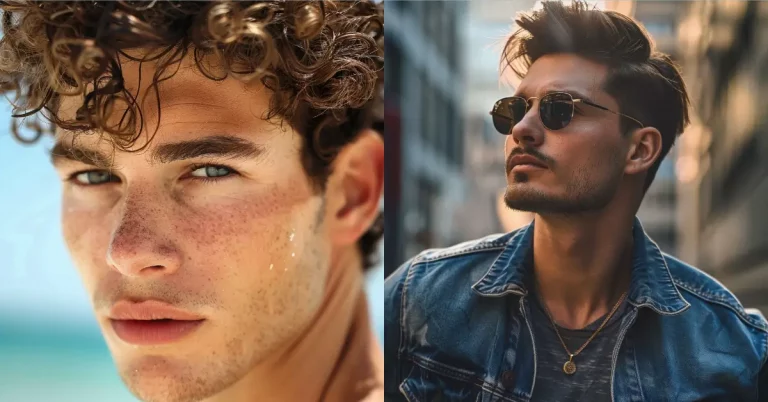

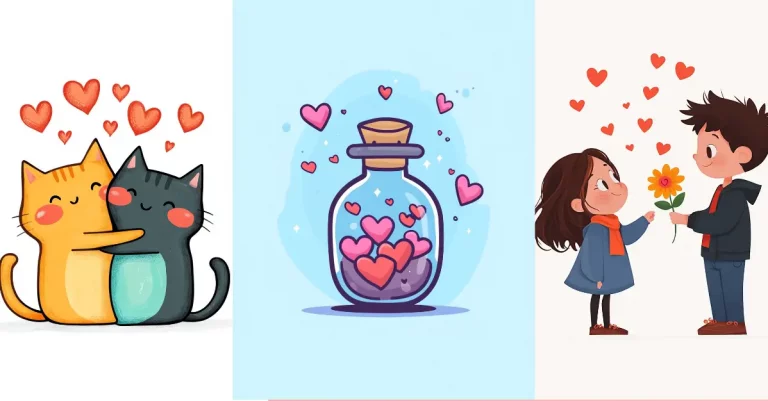
2 Comments